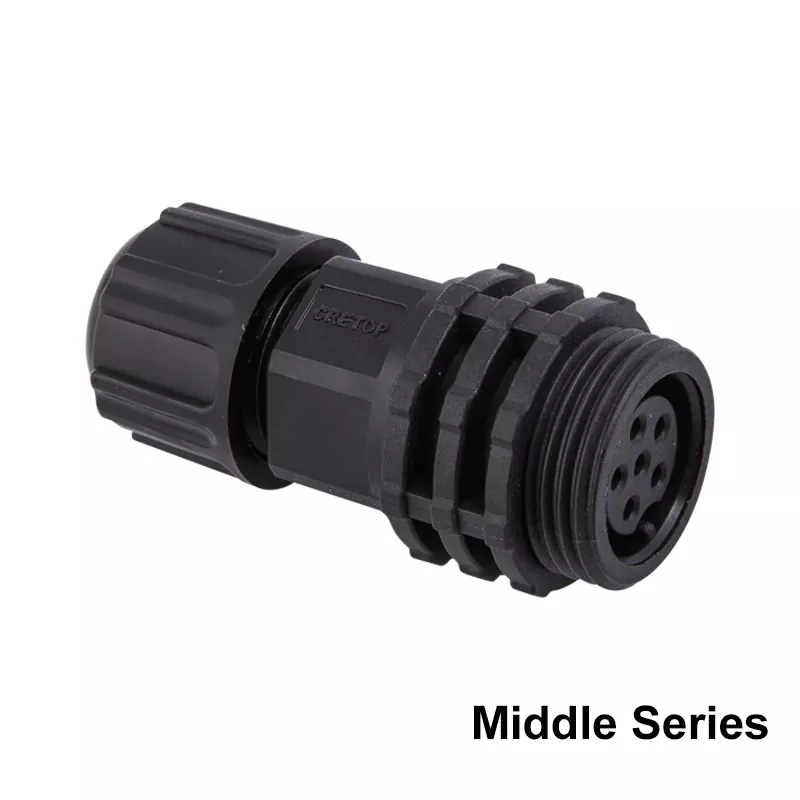How To Use Energy Storage Connector?
2024-06-20
Using energy storage connectors involves selecting the appropriate connectors for your system, properly installing them, and ensuring they are maintained for optimal performance. Here’s a step-by-step guide on how to use energy storage connectors effectively:

Step-by-Step Guide
1. Select the Appropriate Connector
- Determine Requirements: Identify the electrical and mechanical requirements of your energy storage system, including current capacity, voltage rating, and environmental conditions.
- Connector Type: Choose the right type of connector for your application, such as battery connectors, busbar connectors, power connectors, or high-voltage connectors.
- Compliance: Ensure the connectors meet relevant industry standards and certifications (e.g., UL, IEC).
2. Prepare for Installation
- Safety First: Ensure the system is powered down and all safety protocols are followed. Wear appropriate personal protective equipment (PPE), such as gloves and safety glasses.
- Inspect Components: Check all components for any damage or defects before installation.
- Tools and Materials: Gather all necessary tools and materials, including wrenches, screwdrivers, wire cutters, and any specific tools required for the connectors.
3. Install the Connectors
- Strip the Wires: If the connectors require wire attachment, strip the insulation from the ends of the wires to the appropriate length as specified by the connector manufacturer.
- Attach Wires to Connector:
- Screw-Type Connectors: Insert the stripped wire into the terminal and tighten the screw securely.
- Crimp-Type Connectors: Insert the stripped wire into the crimp barrel and use a crimping tool to secure the connection.
- Insert Connectors into Components:
- Align the connectors with the corresponding terminals on the battery, power electronics, or other components.
- Ensure connectors are fully seated and locked in place if they have locking mechanisms.
- Tighten Fasteners: Use appropriate tools to tighten any screws, bolts, or other fasteners. Ensure a secure and tight connection to prevent any loosening during operation.
4. Verify Connections
- Visual Inspection: Conduct a thorough visual inspection to ensure all connections are secure and properly installed.
- Electrical Testing: Use a multimeter or other testing equipment to verify electrical continuity and ensure there are no short circuits or open circuits.
5. Activate the System
- Power Up: Once all connections are verified, power up the system according to the manufacturer’s instructions.
- Monitor Initial Operation: Observe the system during initial operation to ensure everything is functioning correctly. Look for any signs of overheating, unusual noises, or other issues.
6. Routine Maintenance
- Regular Inspections: Periodically inspect connectors and connections for any signs of wear, corrosion, or damage.
- Tighten Connections: Check and tighten connections as necessary to maintain a secure electrical path.
- Clean Connectors: Clean any dirt, dust, or debris from the connectors to ensure optimal performance. Use appropriate cleaning agents that do not damage the connector materials.
Tips for Effective Use
- Follow Manufacturer Instructions: Always follow the specific installation and maintenance instructions provided by the connector manufacturer.
- Use Proper Tools: Use the recommended tools for installation and maintenance to avoid damaging the connectors.
- Handle with Care: Handle connectors and cables carefully to avoid bending or stressing them, which can lead to premature failure.
- Document Installation: Keep detailed records of installation, including connector types, locations, and any testing results. This can help with troubleshooting and future maintenance.
Conclusion
Using energy storage connectors effectively requires careful selection, proper installation, and routine maintenance. By following the steps outlined above, you can ensure that your connectors provide a reliable and efficient connection for your energy storage system, contributing to its overall performance and longevity.


